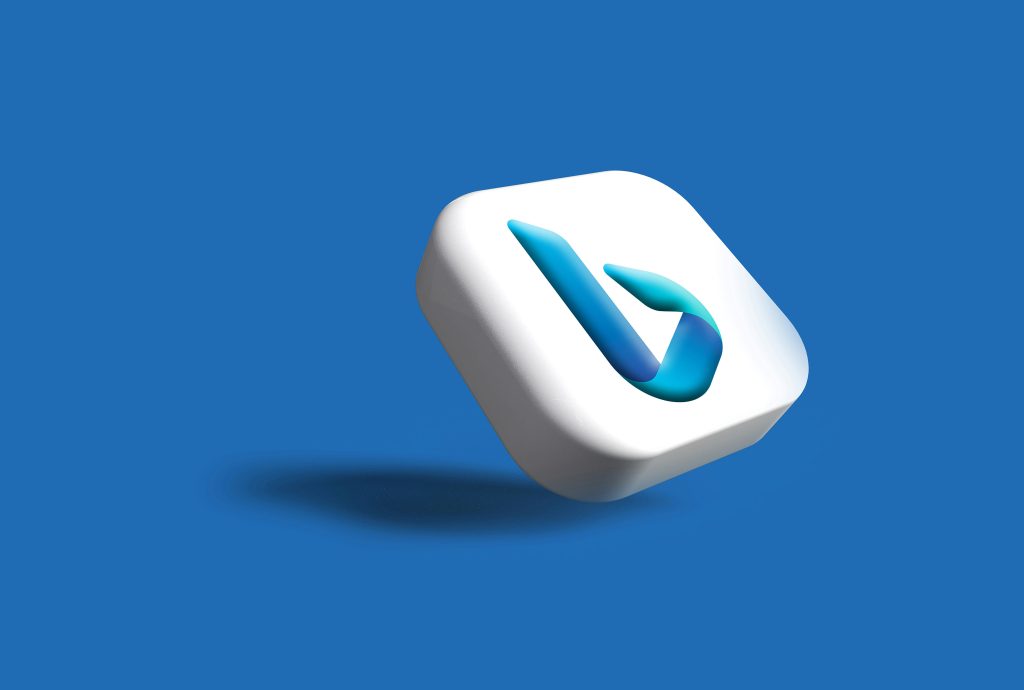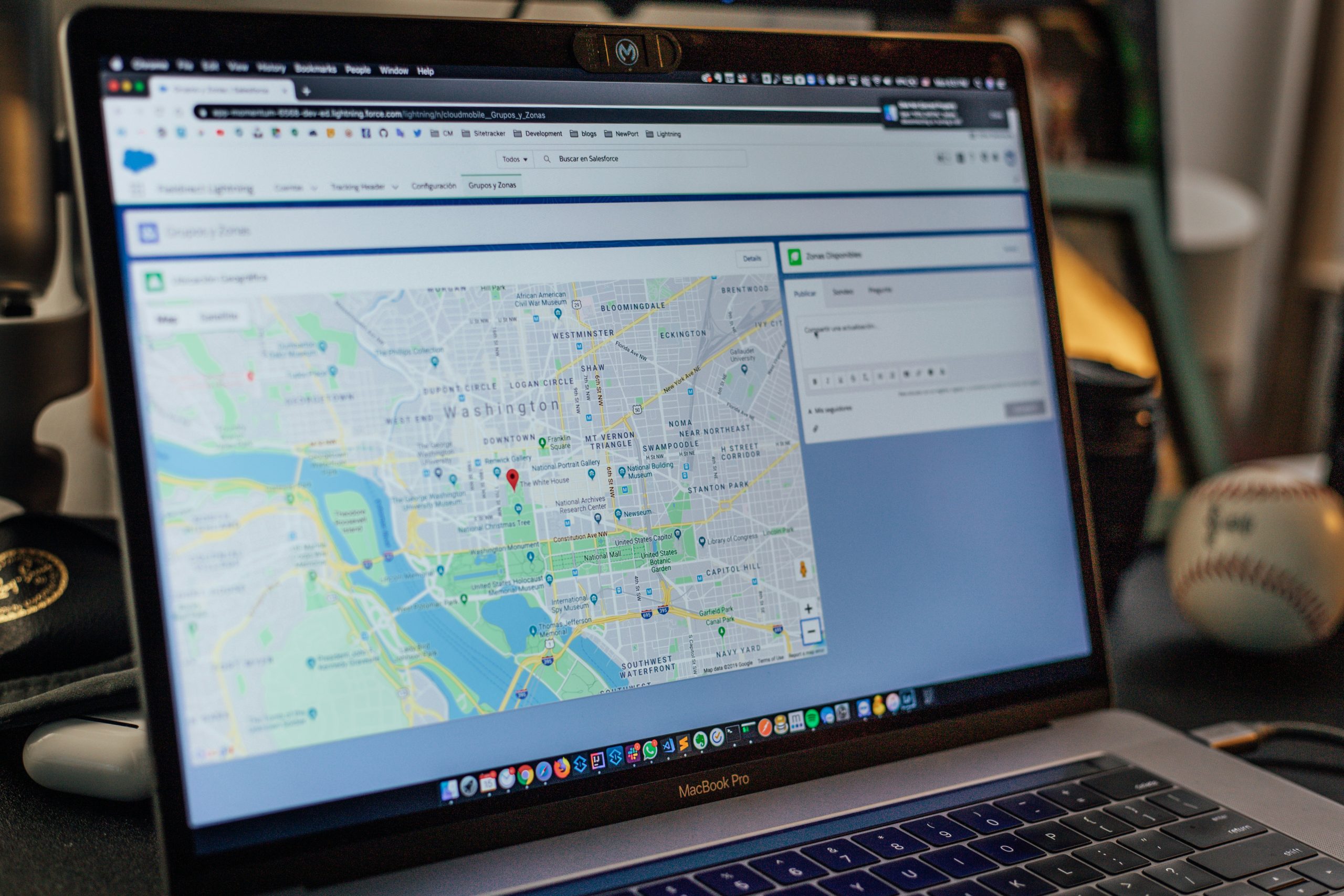Bing Maps Route Planner – How to Use It?
5 min read
Are you tired of getting stuck in traffic or taking the long way around to your destination? It’s time to harness the power of Bing Maps Route Planner and take control of your journey. Whether you’re a frequent traveler or simply looking for efficient ways to navigate your daily commute, this user-friendly tool is designed to make trip planning a breeze. From avoiding tolls and optimizing stops along the way to finding the fastest routes based on real-time traffic data, Bing Maps Route Planner offers a plethora of features that can transform the way you travel.
Accessing Bing Maps Route Planner
When it comes to accessing Bing Maps Route Planner, users can benefit from its user-friendly interface and comprehensive functionality. The route planner allows for easy customization of routes, including the option to add multiple stops and consider various transportation modes such as walking, driving, or public transit. With real-time traffic updates and estimated arrival times, Bing Maps Route Planner ensures a seamless navigation experience for users.
Additionally, the integration with Microsoft services such as Outlook and Office 365 provides a convenient way to plan travel itineraries and seamlessly sync them across devices. Furthermore, Bing Maps Route Planner offers a bird’s eye view of locations using high-resolution aerial imagery, allowing travelers to gain a better understanding of their routes before setting off on their journeys. Overall, accessing Bing Maps Route Planner opens up a world of possibilities for efficient trip planning and navigation.

Finding Your Starting Point
Finding your starting point is often the most crucial step in any journey, whether it’s a physical trip to a new destination or an endeavor to achieve personal or professional goals. It’s essential to take stock of where you currently are and identify your strengths, weaknesses, and opportunities for growth. Understanding your starting point allows you to create a clear roadmap for the future and set achievable milestones along the way.
One approach to finding your starting point is through self-reflection and introspection. Take the time to assess your skills, interests, and passions to determine where your true starting point lies. Additionally, seeking feedback from mentors or peers can provide valuable insights that may help you gain a better understanding of your current position. Embracing this process with an open mind will empower you to leverage your strengths while addressing potential areas for improvement as you embark on your journey.
Remember that everyone’s starting point is unique, and comparison with others can often cloud our own perspective. Instead of focusing on where others are in their journeys, concentrate on defining a clear vision of where you want to go from here. By embracing this mindset and honing in on what makes your starting point special, you’ll be better equipped to make meaningful progress toward reaching your ultimate destination.
Adding Waypoints and Destinations
Incorporating waypoints and destinations into your route planning can significantly enhance the efficiency and effectiveness of your journey. By strategically adding intermediate stops or points of interest along your route, you can tailor your trip to accommodate specific needs or preferences, whether it’s for sightseeing, pit stops, or errands. Waypoints also offer the flexibility to optimize routes based on real-time traffic conditions, ensuring a smoother and more streamlined travel experience.
Moreover, integrating waypoints and destinations into your route planner allows for more personalized and customizable navigation. You have the freedom to chart out a multi-stop itinerary that maximizes your time while minimizing unnecessary backtracking or detours. This feature is particularly beneficial for delivery drivers, sales representatives, or anyone who needs to efficiently navigate multiple locations in a single trip. By leveraging Bing Maps Route Planner’s waypoint capabilities, users can enjoy greater control over their travel plans and an overall improved navigation experience.
Customizing Your Route
When it comes to planning a route using Bing Maps, customizing your journey can make all the difference. Instead of taking the most direct path, consider adding waypoints to explore new attractions or bypass heavy traffic. By customizing your route, you can personalize your travel experience and discover hidden gems along the way. Whether it’s a scenic drive through countryside roads or a quick stop at a local cafe, customizing your route allows for unique and memorable adventures.
Additionally, customizing your route can optimize efficiency by avoiding toll roads or selecting specific modes of transportation such as walking or biking. This level of customization ensures that your journey aligns with your preferences and priorities, making for a more enjoyable travel experience. Moreover, with Bing Maps’ robust customization options, you have the flexibility to tailor your route based on real-time traffic conditions, ensuring smooth and seamless navigation. Personalizing each aspect of your journey not only enhances convenience but also adds an element of excitement and spontaneity to every trip.

Navigating Turn-by-Turn Directions
Navigating turn-by-turn directions can be both efficient and frustrating, especially when using a digital map service like Bing Maps. While the technology has revolutionized our ability to navigate unfamiliar terrain, it’s important to approach turn-by-turn directions with a critical eye. One common pitfall is blindly following the instructions without considering real-time road conditions or alternative routes. It’s crucial to remember that maps can’t predict accidents, construction, or traffic jams, so staying alert and adaptable is key.
Another aspect to consider when navigating turn-by-turn directions is understanding the limitations of your chosen mapping service. While Bing Maps provides comprehensive route planning features, its accuracy may vary depending on location and local knowledge. Relying solely on technology can also hinder our spatial awareness and problem-solving skills. Therefore, utilizing turn-by-turn directions as a supplement rather than a crutch will allow for greater flexibility in unexpected situations. Ultimately, maintaining situational awareness while following turn-by-turn directions ensures a smoother journey and makes navigation an empowering experience rather than a passive one.
Conclusion: Mastering Bing Maps Route Planner
In conclusion, mastering Bing Maps Route Planner can significantly streamline your travel and navigation experience. By utilizing its advanced features such as real-time traffic updates, multiple route options, and detailed itinerary planning, users can optimize their journeys for efficiency and convenience. Additionally, the ability to customize routes based on specific preferences or avoidances ensures a personalized and tailored navigation experience.
Furthermore, mastering Bing Maps Route Planner empowers users to take advantage of its seamless integration with other Microsoft services such as Outlook and Cortana. This creates a comprehensive ecosystem that simplifies travel planning and execution. With continuous improvements and updates by the Bing Maps team, it’s essential for users to stay informed about new features and enhancements to fully harness the potential of this powerful navigation tool. Ultimately, taking full command of Bing Maps Route Planner elevates one’s travel experiences from mere directions to a sophisticated journey management system.



